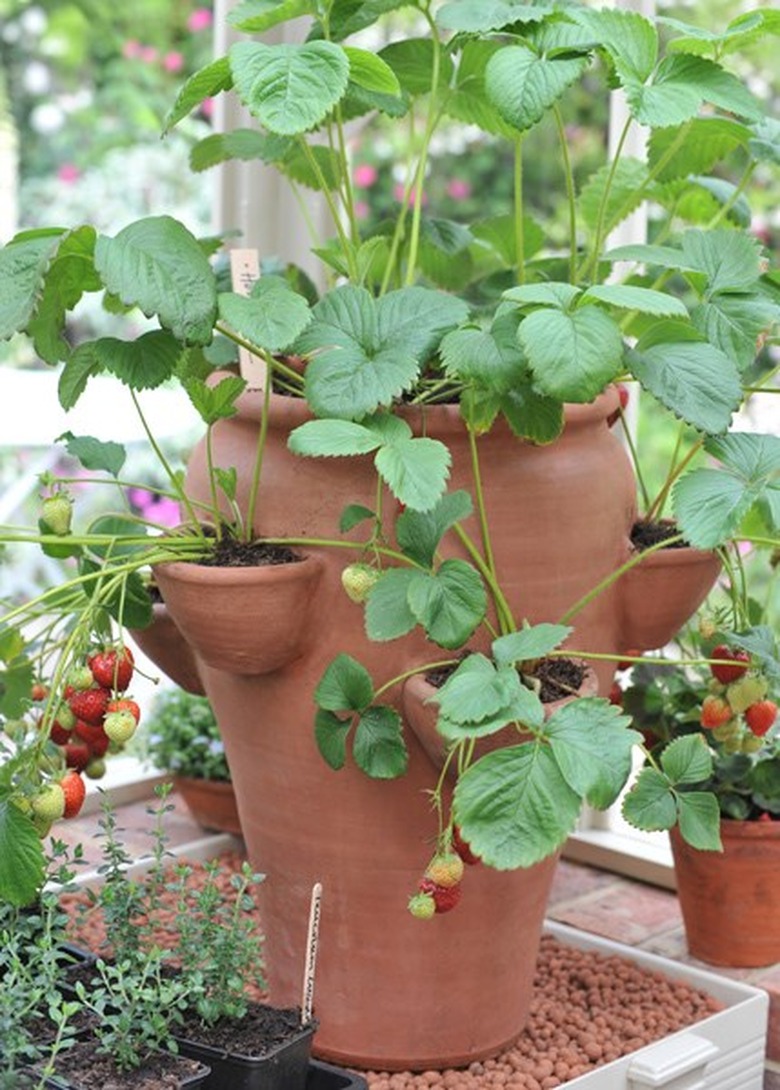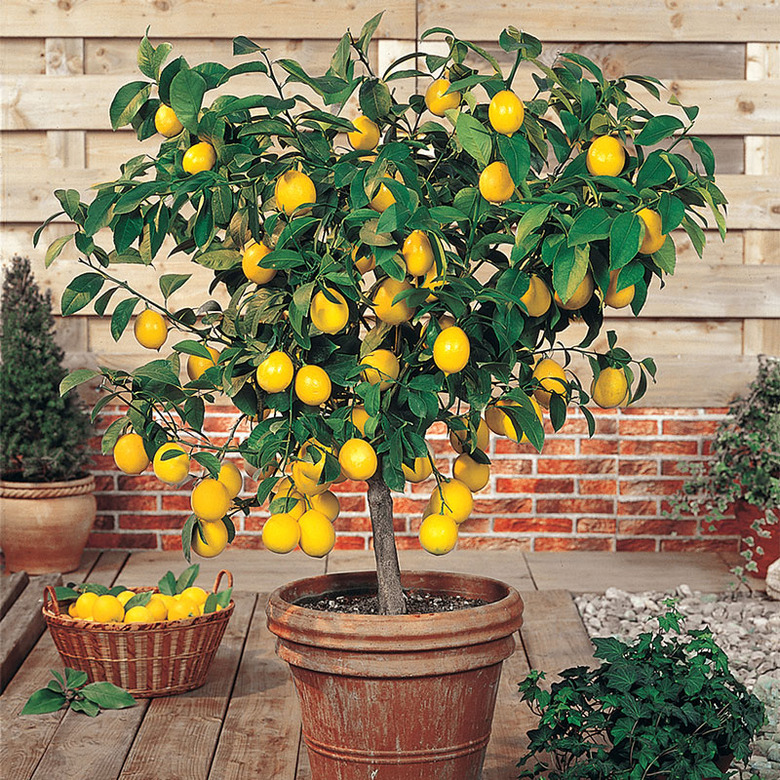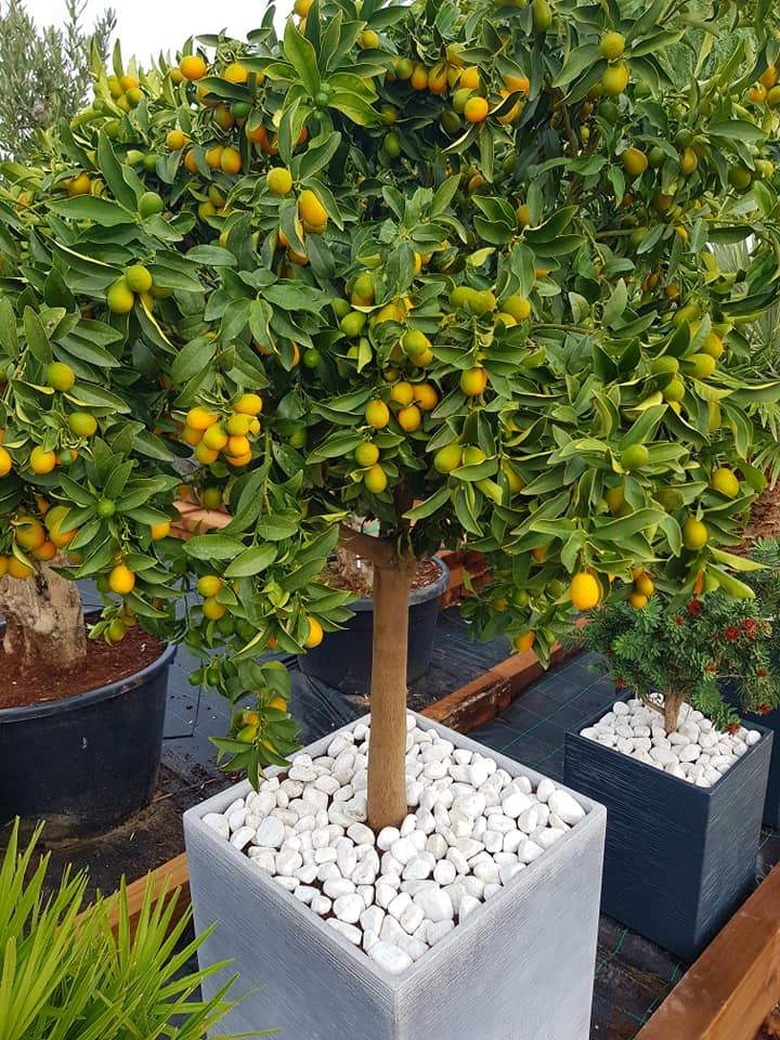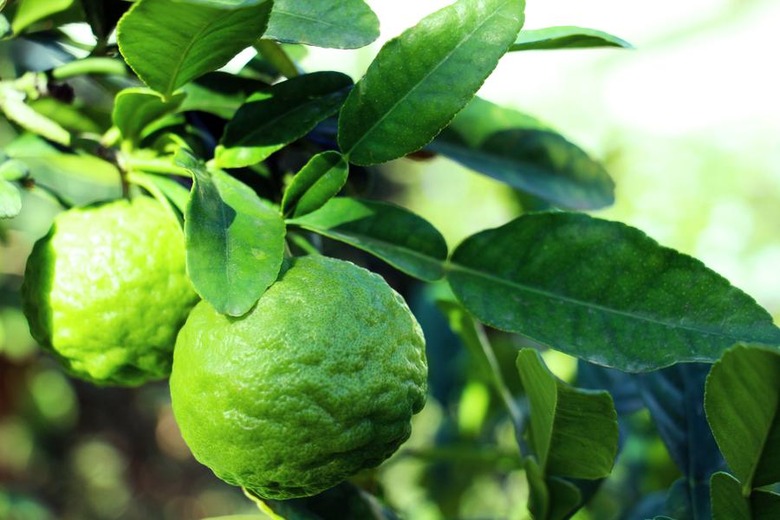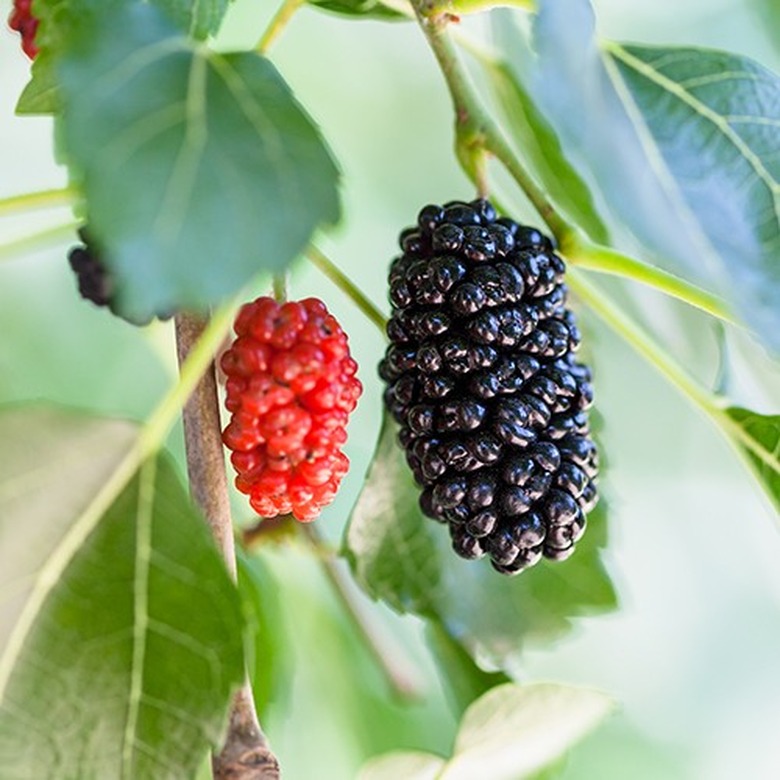Fruits You Can Grow Indoors
Growing fruit indoors isn't a great way to feed a household, but as horticultural endeavors go, it can be a lot of fun. A number of familiar fruit plants are suitable for growing indoors, from humble, hardworking strawberry plants to exotic tropical fruit trees. Trees are particularly good for indoor container growing because they live year-round, and many can be brought outside in the warm months (this often provides a much-needed health boost after a long winter indoors). Most fruit trees that work well indoors are dwarf varieties that stay small and, in many cases, produce small fruit.
All fruit plants grown indoor should be self-pollinating, unless you're up for being the pollinator. If you have questions about the viability of any type or fruit plant in your climate, ask a local extension service or at a trusted nursery or garden center for recommendations.
Fruits Can Be Hard to Grow Indoors (or Outdoors)
Before you dive into this growing adventure, a word of restraint. Fruit is generally harder to grow than most vegetables and certainly most herbs. While it's reasonable to grow vegetables—indoors or out—with the expectation of feeding yourself with fresh, organic produce, fruit is much more hit-and-miss. Plants can take a long time, often a year or more, before they even start bearing fruit, and in some years, a bumper crop may mean no more than two or three mature fruits. Indoor air is often much drier than what most fruit plants (especially tropical varieties) are used to. Your home may be able to provide for enough sun and warmth, but humidity is another matter.
With all of this in mind, growing fruit plants indoors should be done for the novelty and not the nutrition. That said, there's plenty to love about fruit plants. They often have bright, vibrant leaves, and small fruit trees are undeniably cute. Best of all, fruit blossoms have some of the most magnificently sweet smells in all of nature, which you can appreciate fully when the plants are right beside you in your living space.
Kumquat
Kumquats are citrus fruits that range from about 3/4 inch to 1 1/2 inches long. These fruits appear at grocery stores around the winter holidays. When you grow them indoors, the plant's fragrant flowers bloom in late spring to early summer. The fruits mature throughout the winter, and they stay on the branch so you can eat them over several weeks. Varieties that are good for eating include Nagami, Meiwa and Fukushu. The Hong Kong variety has scarlet-colored fruits that are more decorative but not as palatable as the other fruit varieties.
Meyer Lemon
Meyer lemon trees are nicely sized for indoors, growing to about 3 feet tall. The fruits are a little smaller than store-variety lemons, and they have a much brighter, more citrusy flavor, which is great for drinks, salads and recipes. Grow the tree in a large pot, and give it plenty of sunlight. Bring it outside during warm months, but be careful not to shock it with a sudden dramatic temperature change. Like other citrus trees, Meyer lemon trees are troubled by whiteflies, spider mites, mealybugs and scale. To minimize pest problems, wash the leaves with insecticidal soap when transferring from outdoors to indoors.
Kaffir Lime
Kaffir lime trees are similar to Meyer lemon in size and temperament. While the flesh of the fruit is not good for eating, the rind adds a sour element to cooked dishes. The most prized part of the Kaffir lime tree is its leaves, which are essential for making authentic Thai and Indonesian curries and other Asian dishes, and fresh leaves are best. This means you can benefit from the tree's harvest at any time (rather than waiting months and months for fruit). Kaffir lime trees grow to 4 to 6 feet tall in containers. They need at least a 5-gallon pot, but a 15-gallon is ideal. The pot and potting mix must drain well.
Fig
Fig trees are often grown as indoor/outdoor container plants. They like to be outside in summer, and when the cold creeps in, they drop their leaves and go dormant for the winter. Dormancy is important for fruiting. Some figs sold in pots can reach up to 15 feet, but even tall figs can be pruned to about 8 feet or less. They can also be pruned to have a clean central trunk, rather than their natural bushier habit. At the other end of the spectrum, dwarf varieties (such as Petite Negra) can be very small and can bear fruit when they're no more than 12 inches tall. The smallest varieties tend to work the best as houseplants.
Strawberries
Everyone's favorite, strawberries, grow well in containers of various sizes and in general they fruit much more quickly and frequently than fruit trees. Indoors, strawberries are easy to harvest, and the tempting red fruits are protected from thieving critters (one of the biggest challenges of growing them outdoors). If you have the space, a strawberry pot makes for a decorative indoor container. Each pocket or cavity of the pot can hold one or more plants. You can also grow individual plants in 5- or 6-inch containers and set them anywhere they can soak up the sun. Strawberries bear fruit starting in early summer and can be coaxed to produce well into fall.
Mulberry
Mulberry is a tree (a bushy tree) that you don't see in every American backyard. They're more common in the British Isles, where, according to the nursery rhyme, kids like to "go round" them early in the morning. Mulberries are delicate, sweet fruit similar in shape and texture to blackberries. Traditional varieties of mulberry trees are very slow to bear fruit (taking up to 10 years from seed), but newer hybrids are much faster. Mulberry trees can grow quite large outdoors but can be pruned—just after fruiting—to 6 feet or less indoors. They like a lot of sun and flower in early spring, followed by fruit. Some varieties fruit more than once a year. Be sure to choose a mulberry that is self-pollinating; not all are.
